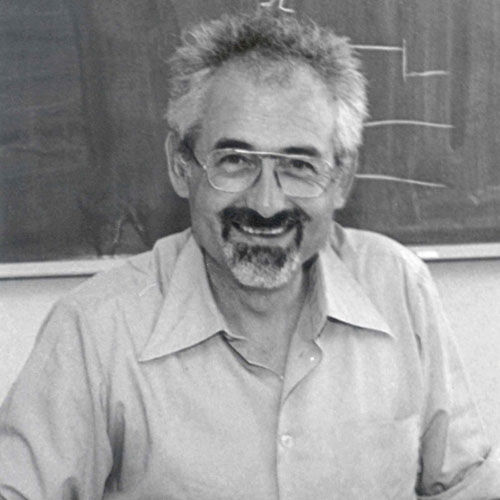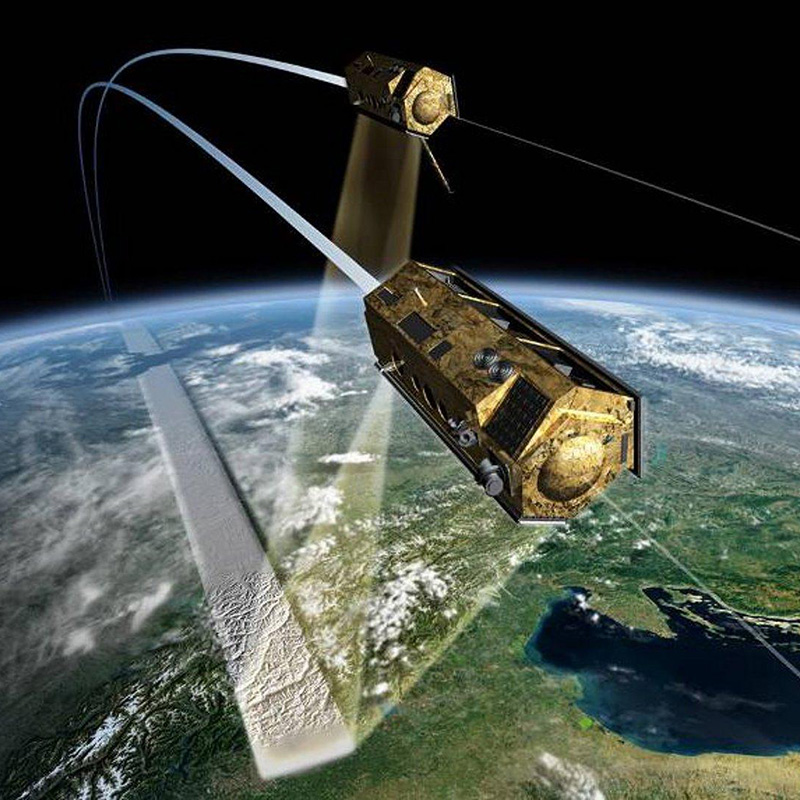“At the sound of the last beep, it is twelve o'clock.” A sentence just like this one used to introduce the news on the radio in Germany. And those who had a clock nearby quickly turned its crown to synchronize it with Central European Time. Engineer Wolfgang Hilberg from Darmstadt University of Technology (TU) was tired of this: “I looked at the poorly running clock in my living room. Suddenly I realized that the time is information that every person in Germany needs in exactly the same way. It should not be dependent on the arbitrariness of individual clock mechanisms. The time should be broadcast wirelessly,” said the engineer in “Die Zeit” newspaper in 2002. In 1967, he applied for the key patent “Method for the continuous transmission of the time”. Other inventors before him had tried – and failed – because the time was only available at certain times of the day or because it was updated by continuously transmitted time pulses that had to be detected by the receiver with no gaps. Atmospheric and technical disturbances impaired the reception of these signals to some degree. Wolfgang Hilberg took a different approach: in his invention, all the time information – i.e. year, month, day of the week, hour, minute – was transmitted in short basic intervals in a time telegram with a binary code. The receiver of the time waited after switching on until the complete time telegram had been received.
At first, no one wanted to build Hilberg’s clock. Soon, however, it attracted the interest of the Physikalisch-Technische Bundesanstalt (Federal Physical-Technical Institute), which had been commissioned by the German lawmaker to measure and disseminate the “legal time” for the whole of Germany by means of an atomic clock. Hilberg’s radio method arrived just at the right time: in 1973, the mast went into operation in Mainflingen near Frankfurt am Main, from which coded time information is still transmitted to radio-controlled clocks throughout Western Europe via the time signal radio station DCF77 today.
Radio technology for the wrist: the “Mega 1” wristwatch
Back then, patents had a term of 18 years. And that was how long it took for the Junghans company to become active in radio technology after Wolfgang Hilberg applied for his patent: in 1985, the clock manufacturer from the Black Forest unveiled the first radio-controlled series- produced table clock for private use – with a deviation of just one second in a million years, according to the company. In the years that followed, Junghans engineers continued to tinker with the technology in an attempt to make it smaller. They were successful: in 1990, the company launched the “Mega 1”, the world’s first radio- controlled wristwatch.
Wolfgang Hilberg was still active at Darmstadt University of Technology as Professor of Electrical Engineering until the year 2000. A total of 45 patents were granted in his name.
(Header: peterschreiber.media – AdobeStock.com, portrait: Wikimedia, in the public domain)



